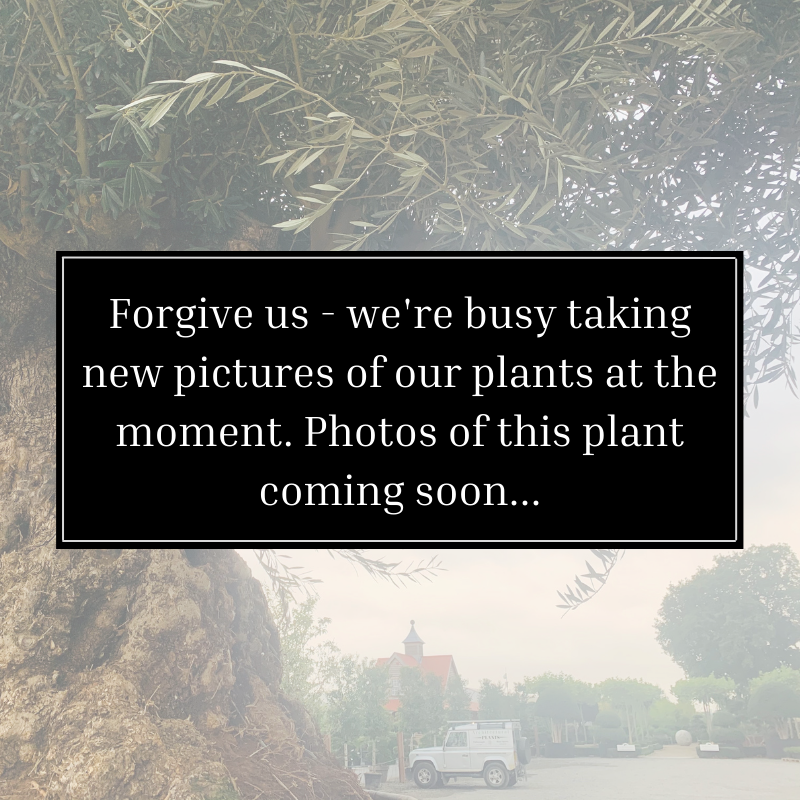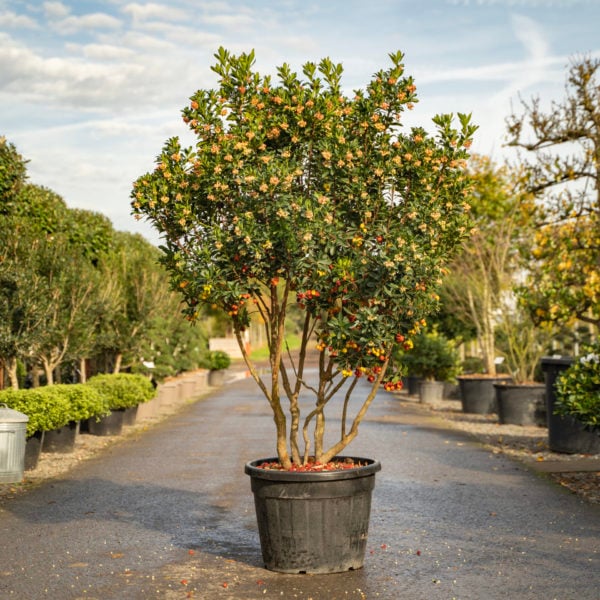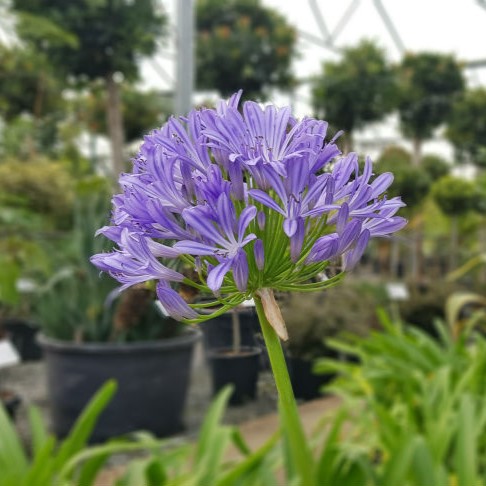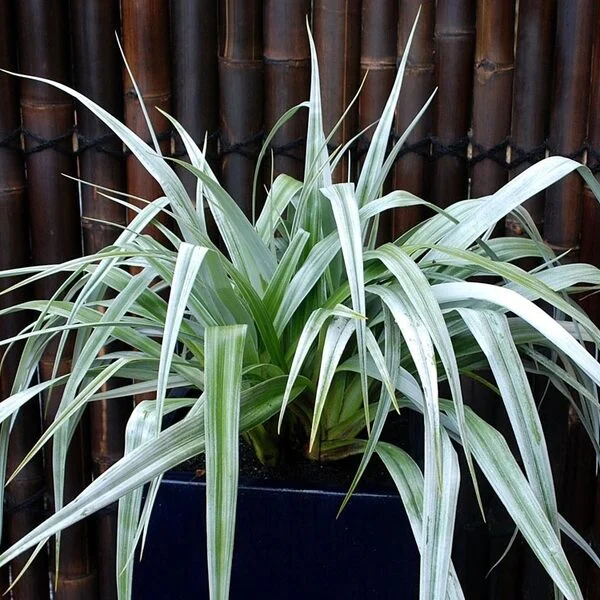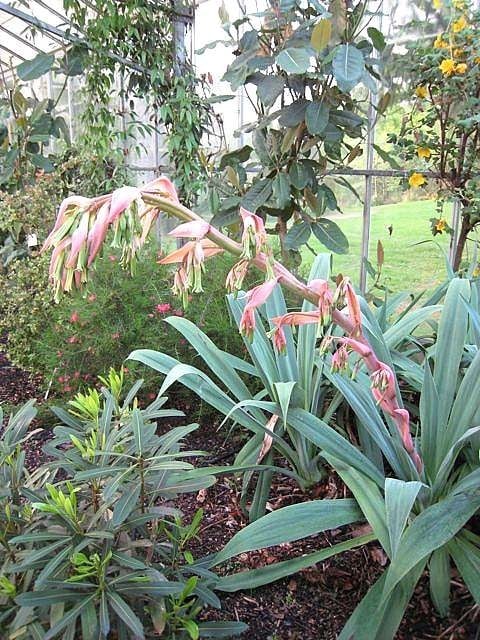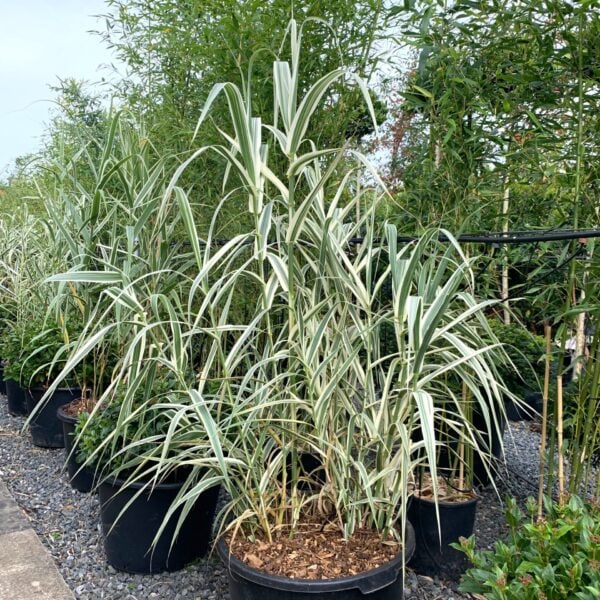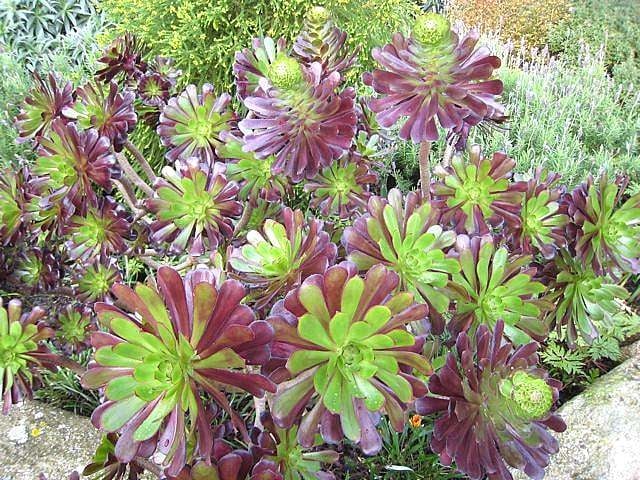Opuntia robusta (Prickly Pear)
Originally from Mexico but now widely distributed throughout the arid regions of the world, where it is the host plant for the Cochineal scale. Please contact us for stock availability and sizes.

Hardiness level Red
It’s said ‘Don’t pick the prickly pear by the paw’. Wise words from our favourite ursine fruit enthusiast. ‘If you prick a raw paw, next time beware.’ You’ve been told. Spikes galore on the most cactussy of cacti.
Disney took some liberties with what’s actually forageable in Kiplings Indian jungle ditty (you won’t find Opuntias there) but the advice is sound. From Mexico, originally but now distributed widely wherever it’s arid, this one is as fierce and magnificent as these architectural cacti come.
Cacti for UK gardens? Look you’ve seen what we do here. In fact, we would say that this one is a great challenge but it can be done, though not year-round and it’ll need some exacting care, but that’s what excites us about pushing boundaries and seeing what we can get away with.
You will need space, and lots of it, because this Opuntia is vigorous and grows disconcertingly fast. Did it just double overnight? If you’re brave and have a decent pair of gauntlets then in Summer you can plant it into the ground by all means, ensuring it’s in the sharpest and grittiest and most gravelly soil you can give it. This plant makes a whopping statement casting paddle-shaped shadows over a gravel bed or Mediterranean-style border. For winter, it really must be brought under cover: we have seen a couple huddled into warm corners and left out all year in London gardens but the bigger and lovelier these plants get (and we would argue that something this spiky and imposing can be ‘lovely’) the greater the sense of loss should things go wonky and it succumbs to a surprise sharp spell. A heap of squishy, spiny mush. Devastating. Try it if you must, but have a chunky cutting rooted and safe indoors as insurance.
So, in summary: pot one. Big pot with very free-draining soil and plonked in the sunniest sun-trap. Drag it inside a greenhouse or conservatory, min 18 degrees, from November-March where it won’t need watering at all. Trust us and just don’t.
Historically we got all of our lovely crimson food dyes from the crushed wing cases of the Cochineal beetle which this plant hosts. You’re unlikely to see these here, so don’t dwell upon it with any alarm.
In more recent history, Nigella Lawson single-handedly crashed several cosmetics websites when she wrote about her skincare must-have, an oil derived from the seeds of this plant. We were waiting months for our bottle, but our skin is now glowing. Worth it.
N.B. When clipping several plants with the same tool, have a bucket containing a 5% bleach solution and swish your blades around for 30 seconds between plants to sterilise them. This will help avoid the chance of cross contamination of disease.
As with all woody plants, plant high, exposing as much of the taper at the base of the trunk as possible. Allowing soil to accumulate round the base of a tree can be fatal. Keep very well-watered when first planted.
Additional Information |
|
|---|---|
| Continent of Origin | |
| Features | |
| Hardiness | |
| Plant Type | |
| Flower Colour | |
| Situation | Coastal, Mild City Gardens, Plants for Pots, Sheltered Garden |
| Specialist Plants | Grown by Us, House Plants/ Indoor Plants, Rare & Unusual (Collectables) |
| Soil Type | |





